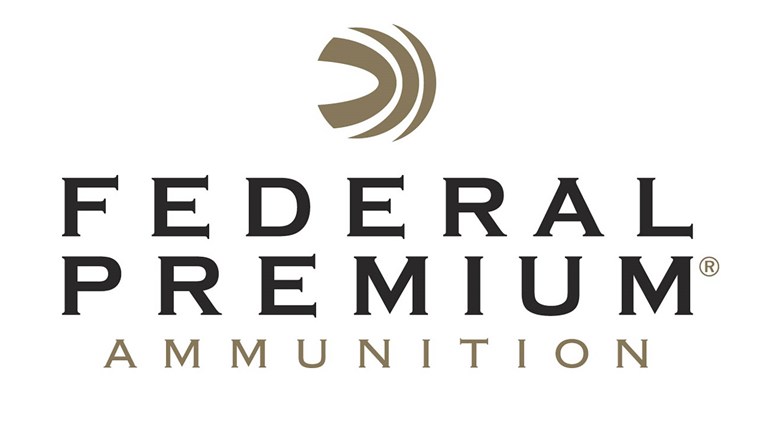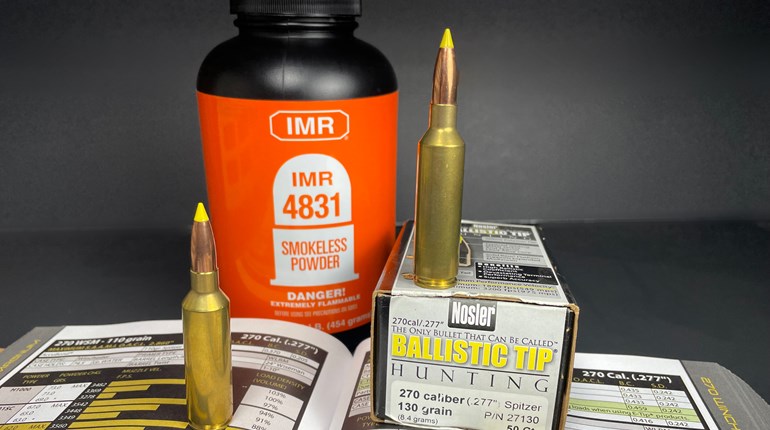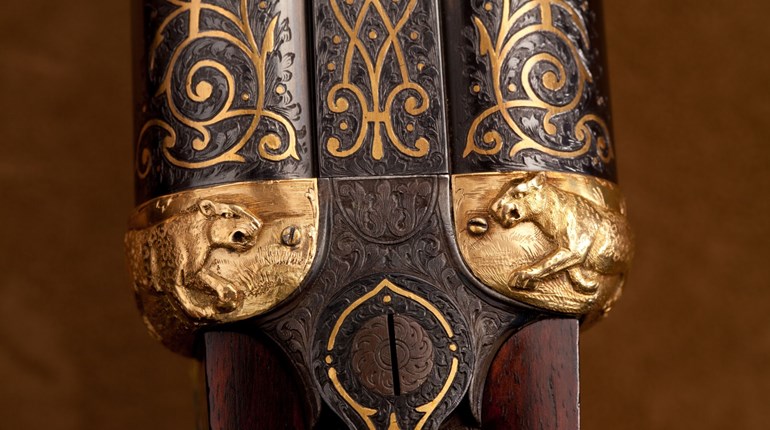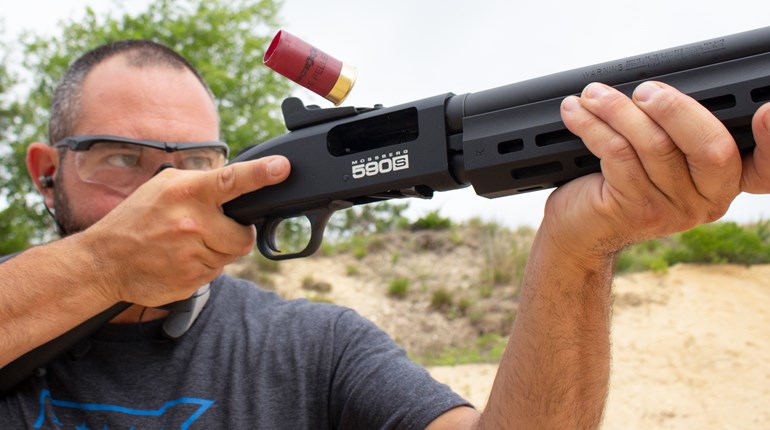Dangerous-game hunters herald bullet penetration for good reason. When the animal is measured in tons rather than pounds, a bullet may have to punch through several feet of hide, meat, bone and assorted innards before it reaches a vital organ. Bullets that remain pretty much intact after impact have the best chance of following the imaginary straight line to the vitals that a hunter visualizes when placing the shot. Deformation, particularly at the nose or tip of the bullet, can lead to drastic deviation from the intended path of penetration--and dire circumstances.
One of the most impressive examples of bullet penetration I've seen was delivered by the Federal Premium Cape-Shok load with the Woodleigh Hydro Solid bullet. The solid copper-alloy bullet is designed with a unique, depressed nose that hydrostatically stabilizes it during penetration. Federal Premium adds a rounded, polymer cup to the nose to aid in feeding that separates from the bullet on impact.
I was in Namibia's Caprivi Strip with Rick Stoeckel, Federal Premium brand director. Rick was after elephant, and on the very first morning of the safari, he got his chance at a big bull. Stalking to within 35 yards, Rick made a perfect broadside brain shot on the beast with his Kimber Caprivi in .416 Rem. Mag. The elephant immediately crashed to the ground in its tracks. As villagers gathered to butcher the animal, we examined bullet performance. The 400-grain Woodleigh completely traversed the elephant's skull from ear to ear, and went on to bore through a 6-inch tree trunk 10 feet directly beyond the animal's head. We'll never know what finally stopped it. Now that's powerful penetration.





































